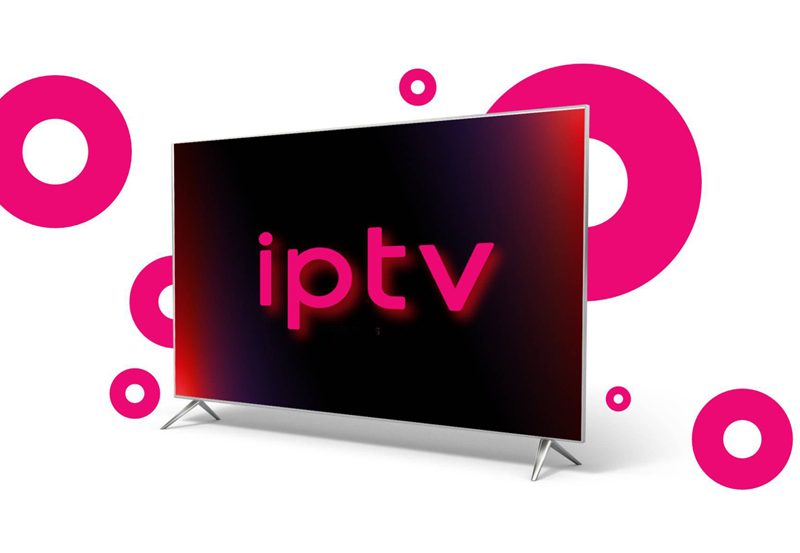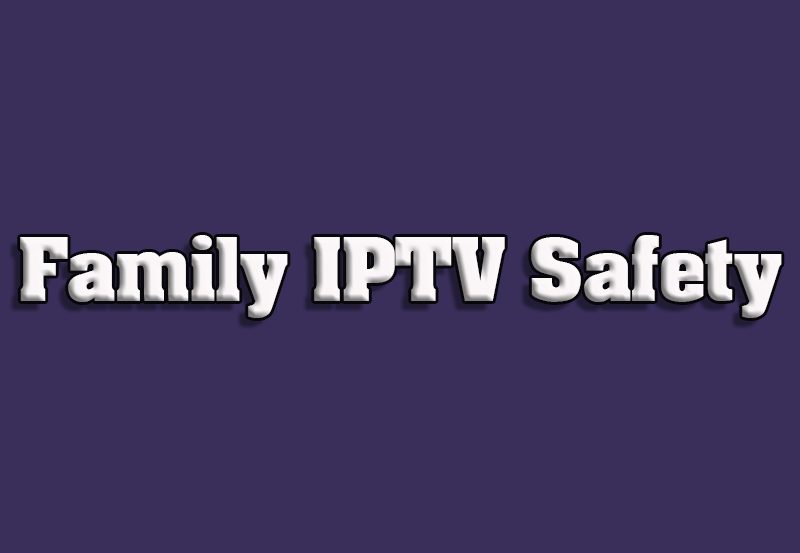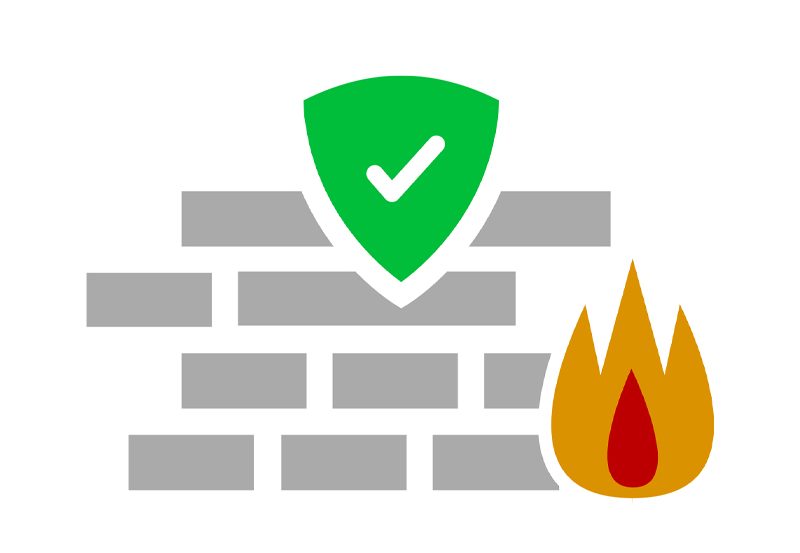IPTV, or Internet Protocol Television, is a technology that delivers television content over the internet instead of traditional cable or satellite methods. This system enables a more interactive and personalized viewing experience, allowing users to access content on various devices. IPTV functions by encoding video and audio signals into IP packets and transmitting them through a network.
These packets are then reassembled by an IPTV receiver device, such as a set-top box or smart TV, and displayed on the screen. The impact of IPTV on network congestion is considerable, as it requires substantial bandwidth to deliver high-quality video and audio streams to multiple users simultaneously. This can result in network slowdowns and delays, particularly during peak usage periods.
Furthermore, the use of multicast technology in IPTV can further strain network resources by necessitating the replication of data streams to multiple users concurrently. Consequently, network operators must implement effective bandwidth management and quality of service (QoS) techniques to ensure a smooth and reliable IPTV streaming experience for their subscribers. IPTV has significantly transformed the way television content is consumed.
By comprehending its operational mechanisms and its effects on network congestion, network operators can better prepare for the challenges associated with delivering high-quality IPTV streaming to their subscribers.
Key Takeaways
- IPTV protocol works by delivering television content over internet protocol networks, impacting network congestion by increasing data traffic.
- Bandwidth management is crucial for optimizing network performance for IPTV streaming, ensuring smooth delivery of content without interruptions.
- Buffering solutions are essential for minimizing delays and slowdowns in IPTV, providing a seamless viewing experience for users.
- Ensuring quality of service is key to maintaining high-quality IPTV streaming, requiring consistent network performance and reliability.
- Network prioritization is necessary for managing traffic and avoiding IPTV slowdowns, ensuring that streaming content is delivered efficiently.
- QoS techniques are important for improving IPTV performance on congested networks, enhancing the viewing experience for users.
- Network upgrades are a significant investment in infrastructure to support the increasing demands of IPTV streaming, ensuring a reliable and high-quality service.
Bandwidth Management: Optimizing Your Network for IPTV Streaming
Ensuring a Smooth Viewing Experience
With the increasing demand for high-definition video content, network operators must allocate sufficient bandwidth to ensure a smooth and reliable viewing experience for their subscribers. This requires careful planning and monitoring of network traffic to identify and prioritize IPTV streams over other types of data.
Effective Bandwidth Management Techniques
One effective bandwidth management technique is traffic shaping, which involves controlling the flow of data on a network to prioritize IPTV traffic over other types of traffic. This can help prevent network congestion and ensure that IPTV streams are delivered with minimal delay or interruption. Additionally, network operators can implement Quality of Service (QoS) policies to allocate specific amounts of bandwidth to IPTV traffic, ensuring that it receives the necessary resources to deliver high-quality video and audio streams to subscribers.
Minimizing Network Congestion
By optimizing their networks for IPTV streaming through effective bandwidth management techniques, network operators can provide a seamless viewing experience for their subscribers while minimizing the impact of network congestion.
Buffering Solutions: Minimizing Delays and Slowdowns in IPTV
Buffering is a common issue that can affect the quality of IPTV streaming, causing delays and slowdowns in the delivery of video and audio content to subscribers. To minimize these issues, network operators can implement buffering solutions that help to reduce the impact of network congestion on IPTV streams. One effective buffering solution is the use of adaptive bitrate streaming, which allows IPTV streams to adjust their bitrate based on the available network bandwidth.
This can help prevent buffering by ensuring that the video and audio content is delivered at a quality level that is supported by the network. Additionally, network operators can deploy edge caching servers to store popular IPTV content closer to subscribers, reducing the distance that data must travel over the network and minimizing the risk of buffering. By implementing buffering solutions, network operators can minimize delays and slowdowns in IPTV streaming, providing a more reliable and enjoyable viewing experience for their subscribers.
Ensuring Quality of Service: Maintaining High-Quality IPTV Streaming
Maintaining a high-quality IPTV streaming experience requires a focus on quality of service (QoS) techniques that prioritize the delivery of video and audio content over a network. This involves implementing policies and mechanisms that ensure IPTV traffic receives the necessary resources to deliver a smooth and reliable viewing experience for subscribers. One key QoS technique is packet prioritization, which involves assigning higher priority to IPTV packets over other types of data on the network.
This can help ensure that IPTV streams are delivered with minimal delay or interruption, even during periods of high network congestion. Additionally, network operators can implement traffic classification and queuing mechanisms to identify and prioritize IPTV traffic based on its specific requirements, such as latency and jitter. By maintaining a high level of quality of service for IPTV streaming, network operators can ensure that their subscribers receive a consistent and reliable viewing experience, regardless of network conditions.
Network Prioritization: Managing Traffic to Avoid IPTV Slowdowns
Network prioritization is essential for managing traffic and avoiding slowdowns in IPTV streaming. By prioritizing IPTV traffic over other types of data on the network, network operators can ensure that video and audio content is delivered with minimal delay or interruption, even during periods of high network congestion. One effective approach to network prioritization is the use of Quality of Service (QoS) policies that allocate specific amounts of bandwidth to IPTV traffic.
This can help prevent slowdowns by ensuring that IPTV streams receive the necessary resources to deliver high-quality content to subscribers. Additionally, network operators can implement traffic shaping techniques to control the flow of data on the network, prioritizing IPTV traffic over less time-sensitive types of data. By managing traffic through effective network prioritization techniques, network operators can minimize slowdowns in IPTV streaming and provide a more reliable viewing experience for their subscribers.
QoS (Quality of Service) Techniques: Improving IPTV Performance on Congested Networks
Ensuring Smooth Delivery of IPTV Streams
By allocating specific amounts of bandwidth to IPTV traffic and implementing traffic shaping mechanisms, network operators can ensure that IPTV streams are delivered with minimal delay or interruption, even during periods of high network congestion.
Packet Prioritization for IPTV
One effective QoS technique is the use of packet prioritization, which involves assigning higher priority to IPTV packets over other types of data on the network. This can help prevent slowdowns by ensuring that IPTV streams receive preferential treatment when competing for network resources.
Edge Caching for Reduced Congestion
Additionally, network operators can deploy edge caching servers to store popular IPTV content closer to subscribers, reducing the impact of congestion on the delivery of video and audio streams. By implementing QoS techniques to improve IPTV performance on congested networks, network operators can provide a more reliable viewing experience for their subscribers while minimizing the impact of network congestion.
Network Upgrades: Investing in Infrastructure to Support IPTV Streaming Demands
As the demand for high-quality IPTV streaming continues to grow, network operators must invest in infrastructure upgrades to support the increasing demands on their networks. This may involve expanding network capacity, deploying new technologies, and optimizing existing infrastructure to ensure that it can deliver reliable and high-quality video and audio content to subscribers. One key aspect of network upgrades is the deployment of advanced networking equipment that is capable of handling the demands of IPTV streaming.
This may include upgrading routers, switches, and other networking devices to support higher bandwidth requirements and improve overall network performance. Additionally, network operators can invest in fiber optic infrastructure to provide faster and more reliable connections for delivering IPTV content to subscribers. By investing in infrastructure upgrades, network operators can ensure that their networks are capable of supporting the growing demands of IPTV streaming, providing a more reliable and enjoyable viewing experience for their subscribers.
If you’re interested in learning more about how to avoid network congestion and slowdowns while using IPTV, check out this helpful article on smarttviptv.click. This article provides valuable tips and strategies for optimizing your IPTV experience and ensuring smooth streaming even during peak usage times. Additionally, you can also find useful guides on how to set up IPTV on Microsoft devices via MyIPTV Player and on IPTV Smarters Pro 4 on the same website.






